BUFFALO, N.Y. — Western New York has more than 2,000 intersections with traffic lights, and the vast majority are not optimized, costing drivers time and money. But at long last, there's a trend among local governments to utilize technology to better sync those signals.
"It's getting there," said Athena Hutchins, executive director of NITTEC, which helps coordinate traffic operations among several dozen jurisdictions and agencies in the region. "It's going to take more time, and a lot more funding is going to be needed to get that technology."
The Towns of Tonawanda and Amherst have been at the forefront of this change, using grants to partially pay for dozens of Miovision cameras, which detect vehicles, cyclists, and pedestrians, and then use artificial intelligence to improve the traffic flow.
The Town of Tonawanda started with Miovision cameras with one each at six different intersections on a stretch of busy Brighton Road.
"I've been surprised at how much you've been able to get out of just one camera," said Matthew Sutton, a town engineer. "One camera does the whole intersection."

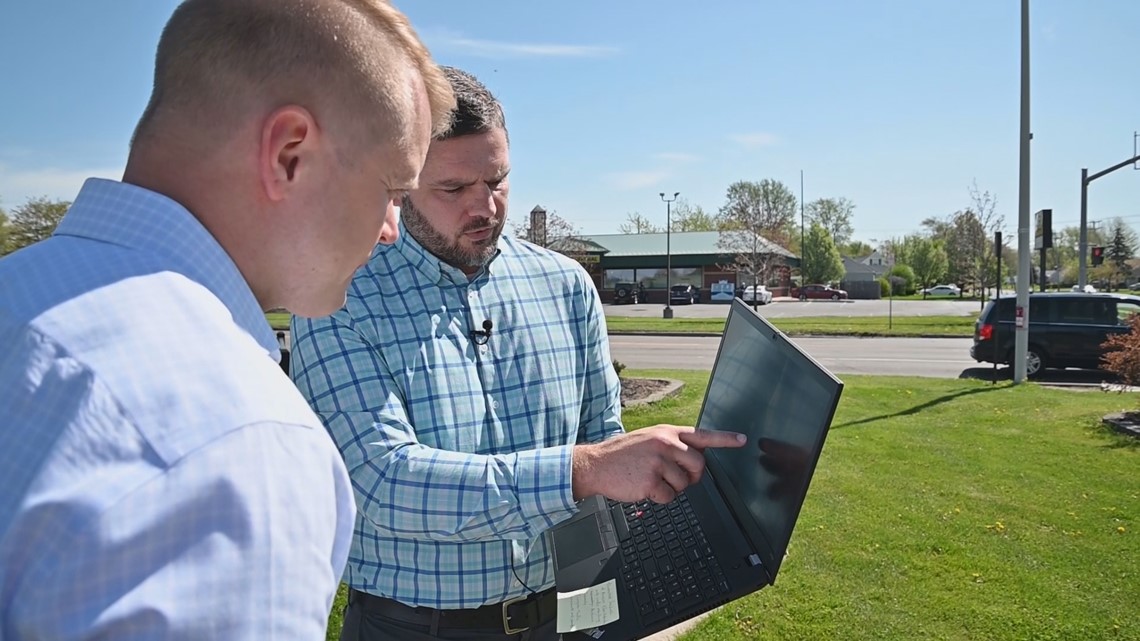
When cars, bicycles, or people approach the intersection, the camera detects and counts them, and then uses that data to make real-time changes. For instance, if there's no cross traffic, a car wouldn't be stuck at the red light.
"Vehicles get from one end to the other in a shorter amount of time at a lower speed," Sutton said. "A good timing plan has you constantly driving at your 25, 30 miles an hour. You're not going from being in a rush going from 50 miles an hour to 0 miles an hour, and then trying to make up time in between."

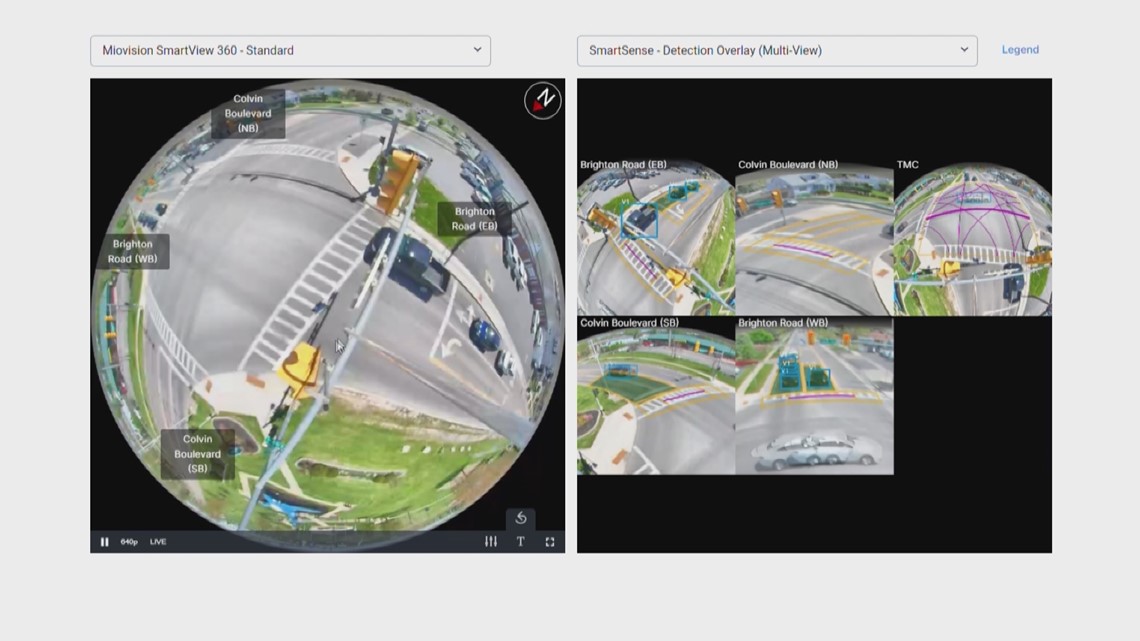
Sutton said using the data that is collected along with real-time adjustments, a corridor could see reductions in travel times by 25 percent or more.
Tonawanda expected to soon have a Miovision camera installed at all 26 intersections with signals that are owned and operated by the town.

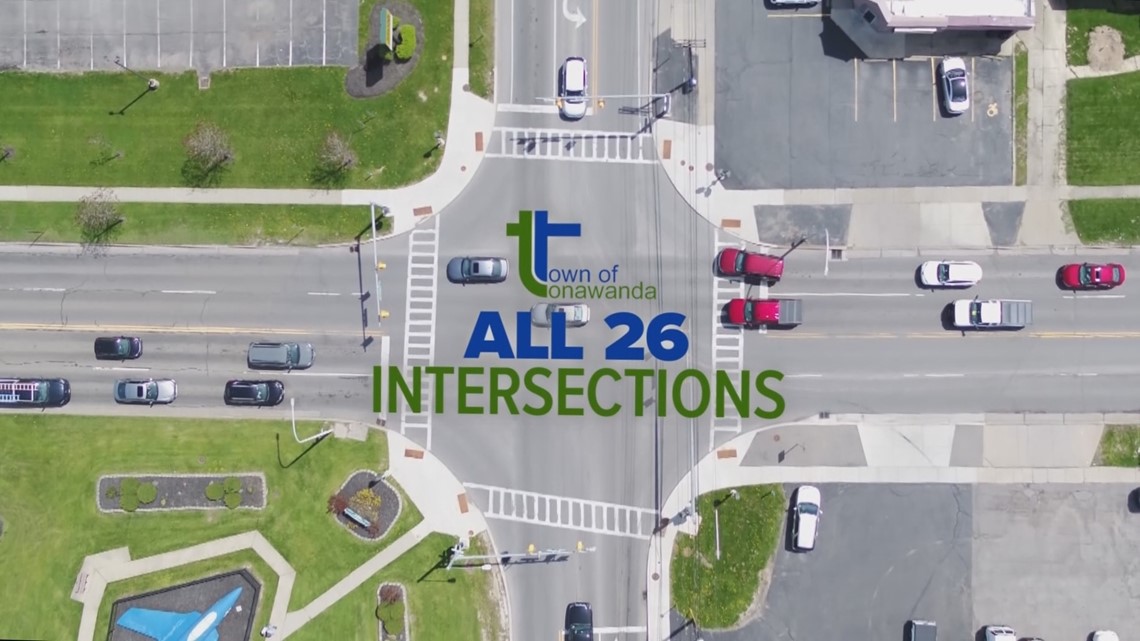
The Town of Amherst has a similar goal, with Miovision cameras for all 56 of its signaled intersections. Phase 1 included 24 cameras, and installation is underway at the remaining 32 as part of Phase 2, which will cost $675,000.
The New York State Department of Transportation also has Miovision cameras up at around 20 intersections, including on busy Niagara Falls Boulevard.

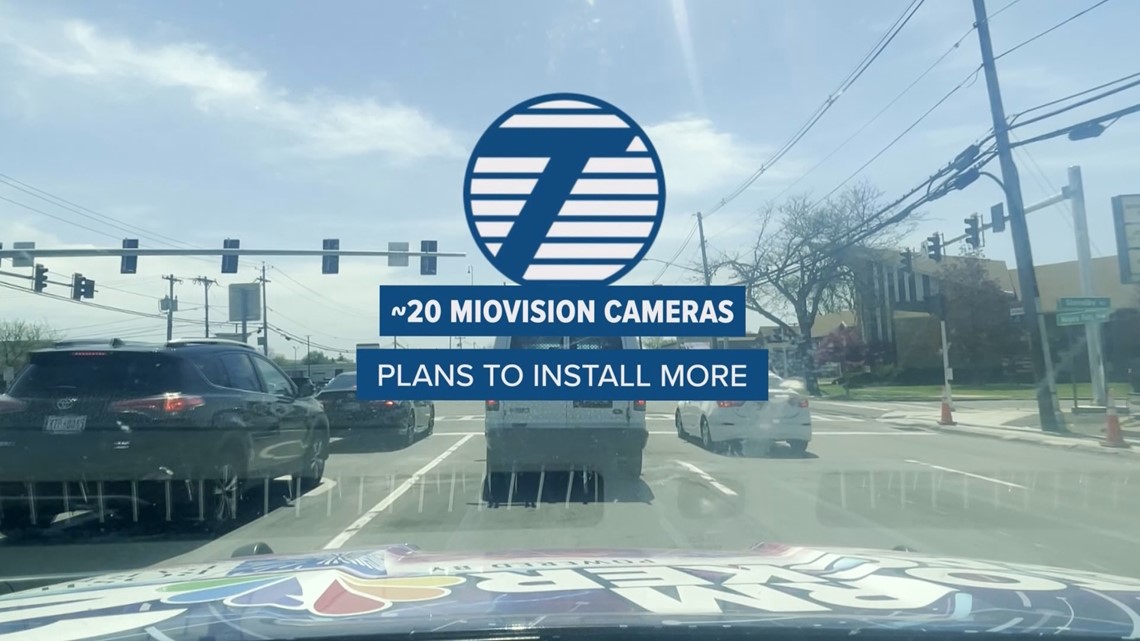
"Additional units will be installed at appropriate locations in the coming years as we proceed with our Capital Plan," a DOT spokesperson told 2 On Your Side.
Sutton said, at least for his town, it's money well spent.
"It starts to pay for itself pretty quick," he said, noting that former intersection management devices were often damaged as roads were paved or even during snow plowing season. The new technology also saves money for drivers, who spend less on gas, waste less of their time in traffic and contribute less pollution.
The success stories in Tonawanda and Amherst could soon be replicated on one of the most notorious thoroughfares in Western New York: Delaware Avenue in the City of Buffalo.
2 On Your Side has reported on its out-of-sync signals for more than a decade, most recently in 2019.
During a recent paving project, the city turned the roadway from two lanes in each direction to just one, with added bike and turn lanes. That's led to even longer backups at traffic lights.
Nolan Skipper, a City of Buffalo engineer, said Miovision cameras should help alleviate that congestion.
"We're going to be able to optimize the entire corridor in real time, and I think that's the key," Skipper said.
The cameras were expected to have already been installed at three key intersections, with other technology at the remaining intersections, but the city's contractor is still waiting on the manufacturer to deliver the cameras.
Skipper said he hopes to receive the cameras before winter weather would prohibit their installation on Delaware Avenue. Along with other measures, they will help the city optimize traffic all the way from Niagara Square north to Forest Avenue.

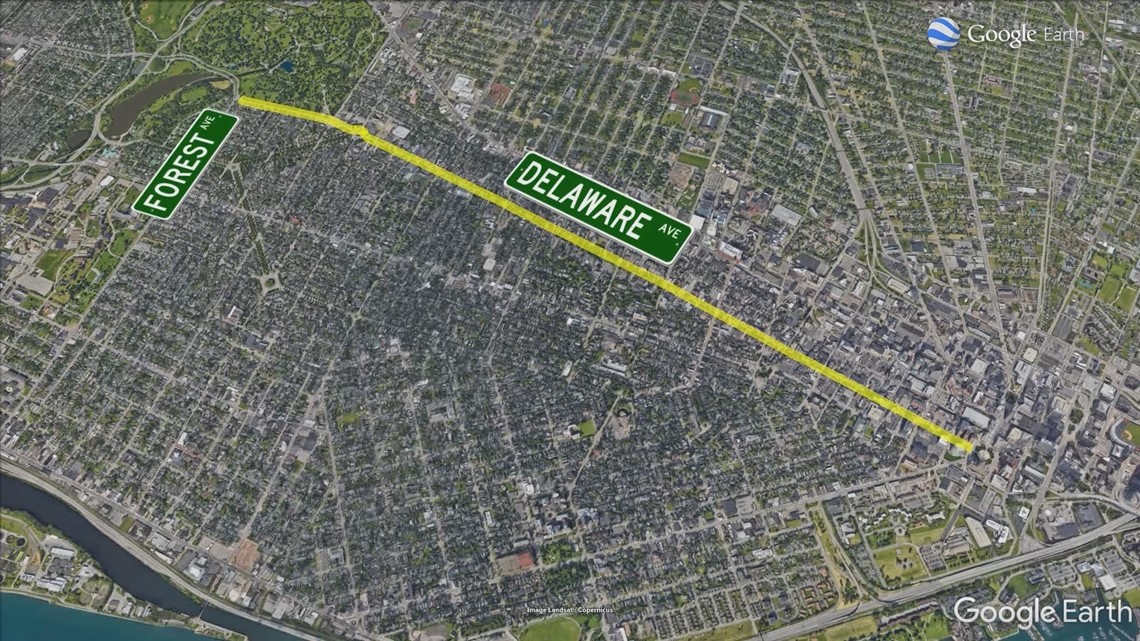
Hutchins at NITTEC believes more and more of her member municipalities and agencies will turn to technology to improve traffic, as long as they can find ways to pay.
"You're not going to build more roads," she said. "You're not going to expand expressways and add more lanes, but let's use technology to help us alleviate some of that congestion."

